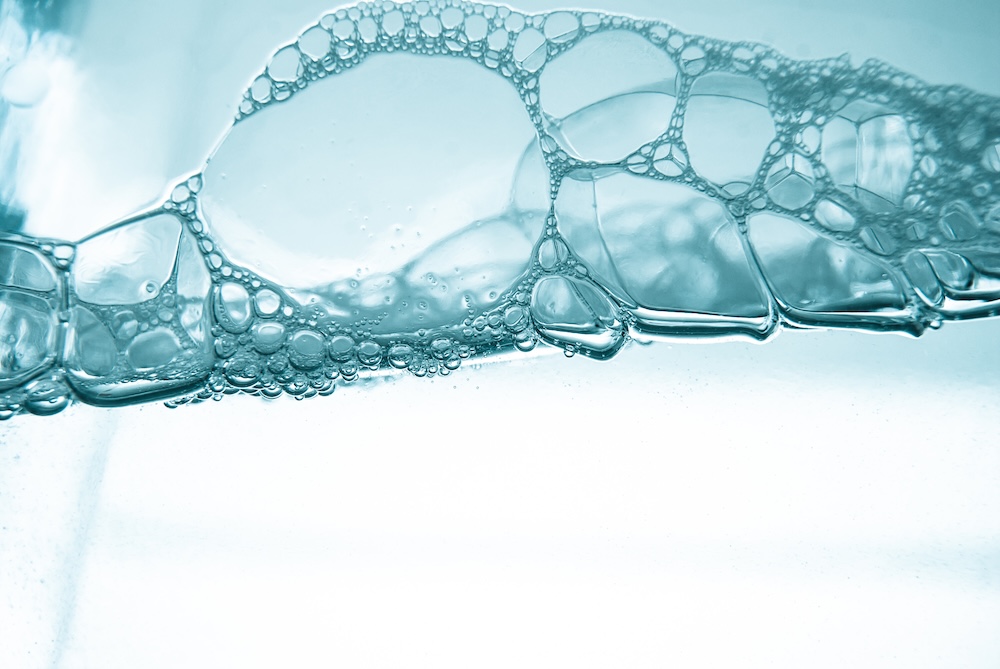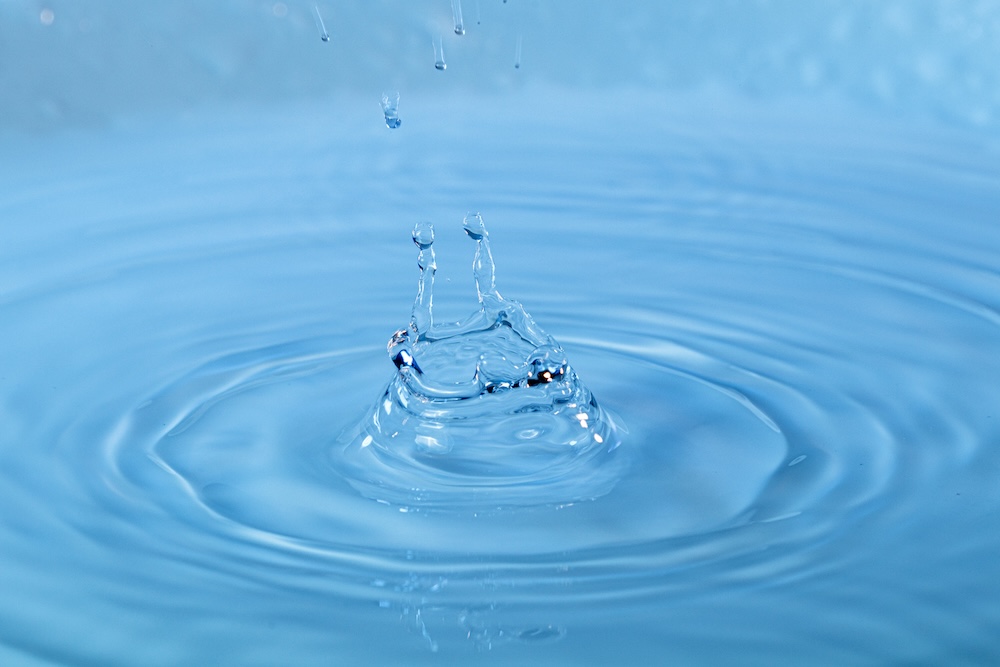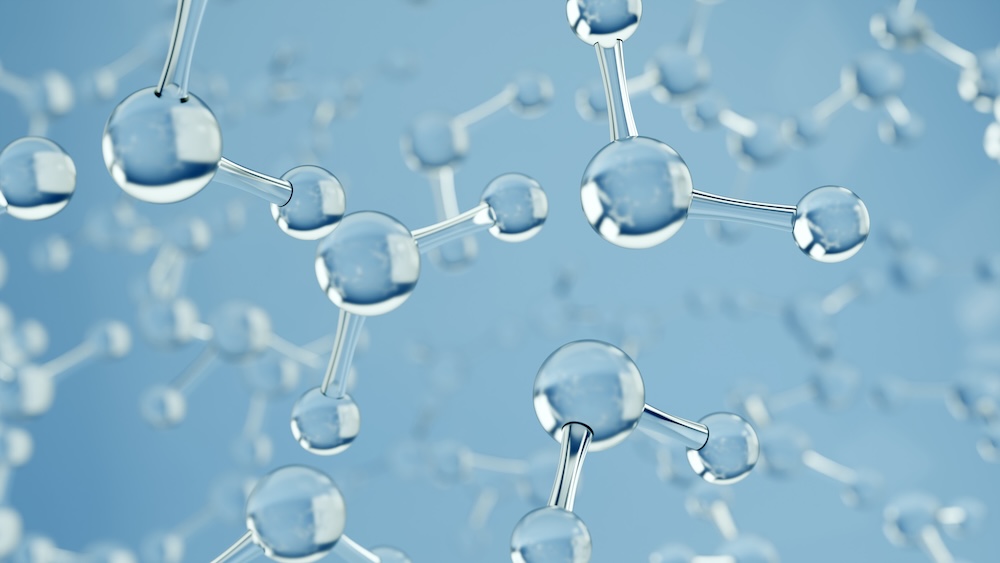Some scientific issues are so controversial that just saying their names can start heated arguments in academic circles. One of these topics is "water memory." This theory, which was first suggested in the late 1980s, generated a lot of trouble in the scientific community and is still being talked about today.

The Beginning: Jacques Benveniste's Revolutionary Claim
In 1988, Jacques Benveniste, a French immunologist, and his coworkers wrote a revolutionary piece for Nature magazine. This study showed that human basophil cells may still respond to very high dilutions of anti-IgE antibodies, even when the antibodies were so diluted that not a single molecule of the original antibody was left.
The narrative starts when a young doctor on Benveniste's research team asked an interesting question: could the same procedures used to find allergens also be used to see how well homeopathic treatments work? Benveniste, who was suspicious at first, advised his student, "Go ahead and try if you want, but you'll see that something so diluted is just water." This was in line with what most scientists thought at the time.
The most shocking thing about Benveniste's experiments was that the solution only worked when it was shaken hard. Benveniste said this was like "putting a car key in the river, going miles downstream, getting a few drops of water, and then starting your car with the water."
Something strange happened when the experiments started. Even though the diluted water didn't have any of the original allergenic material in it, not even a single molecule, it nonetheless made test subjects have allergic reactions. The water seems to have taken on the allergen's characteristics while it was being diluted.

Nature Magazine and Scientific Persecution
Before the study came out, John Maddox, the editor of Nature, was quite worried. The journal was worried that if it were published, it would give homeopathic practitioners more scientific credibility. Maddox said, "Our minds weren't closed; they just weren't ready to change how we think about science."
The journal put off publishing the study for two years, but in the end, they couldn't uncover any scientific problems. In the end, everyone agreed on a deal. On June 30, 1988, Nature published the research, but it also included an editorial by Maddox called "When to believe the unbelievable." The editorial said, "There are good and specific reasons why sensible people should, for the time being, hold off on making a decision."
The Infamous Investigation: Magicians as Scientific Evaluators
After the paper came out, Nature told Benveniste to do the experiments again while their observation team watched. But the team they sent was amazing: Walter Stewart, who wrote on scientific fraud, and famous magician James Randi.
This was a rude and disrespectful way to go about things. Imagine finding something important, having a recognized job, and then having a group of scientific media managers send a magician and a conspiracy theorist to prove you wrong.
The tests were done, and while the first group did as well as expected, the next groups couldn't do as well. The two people who watched the experiment wrote about it in Nature, calling it "delusional" and using phrases like "unnecessary and meaningless."
Digital Biology and DARPA Testing
Benveniste didn't care about the wave of doubt. At DigiBio, the business he started in Paris, he came up with a different reason for his unusual results. He said that biomolecules send out low-frequency electromagnetic signals to their receptor molecules, which the receptors take up like radios set to a certain frequency.
In 2001, the United States Defense Advanced Research Projects Agency (DARPA) hired a group of experts from different fields to look at a robot analyzer made by Benveniste's team. The specialists said they saw some impacts when Benveniste's team was there, but they couldn't get the same results after the team left.
Nobel Prize Support: Luc Montagnier and DNA Teleportation
Luc Montagnier, who won the Nobel Prize in 2008 for finding HIV, made additional claims concerning water memory in 2009. He said that DNA may send out electromagnetic signals and that these signals could be "teleported" to other samples through water.

The findings indicated that water infused with the electromagnetic signature of DNA might impart this signal to entirely cleansed water upon mixing. Tests showed that the success rate was over 80%.
Montagnier didn't let anyone discredit him because he had a high success record and a Nobel Prize. He even set up a panel on water memory at the United Nations in 2014. But his coworkers and so-called scientific magazines kept attacking him.
The Scientific Community's Response
The mainstream scientific community has consistently rejected water memory claims. Critics point to several fundamental issues:
- Lack of reproducibility: Independent laboratories have repeatedly failed to replicate Benveniste's results under controlled conditions
- Violation of physical laws: Water memory contradicts established principles of chemistry and physics
- Methodological flaws: Many experiments lack proper controls and blinding protocols
- Statistical issues: Results often fall within the margin of error or show cherry-picked data
Conclusion: Lessons from the Water Memory Debate
For most scientists today, the water memory theory represents an example of how extraordinary claims can capture public imagination despite lacking scientific support. Water memory contradicts the scientific understanding of physical chemistry and is not accepted by the scientific community based on decades of failed replication attempts.
The water memory debate teaches us important lessons about the scientific method, the importance of reproducibility, and the need to distinguish between genuine scientific innovation and pseudoscience. While we should remain open to new discoveries, we must also maintain rigorous standards of evidence.
Rather than looking for magical properties in water, perhaps we should focus on water's genuinely remarkable properties - its role in life, its unique molecular structure, and its importance to our planet's ecosystems. These real characteristics are fascinating enough without requiring extraordinary claims that lack scientific support.
